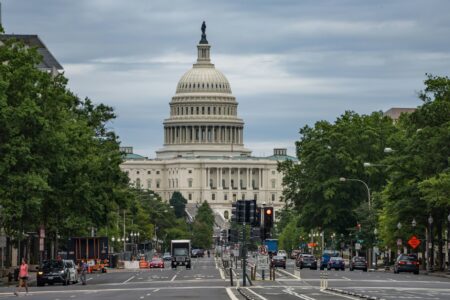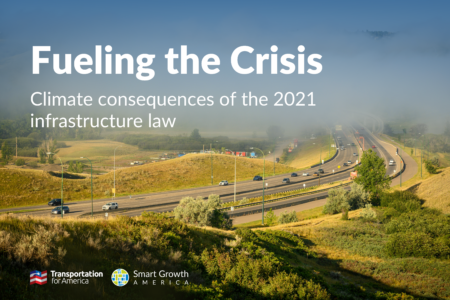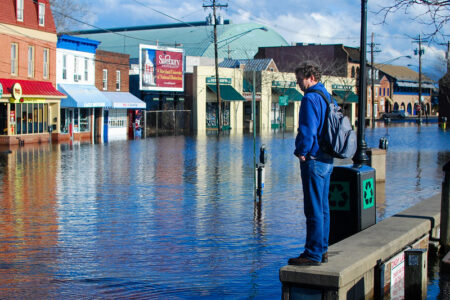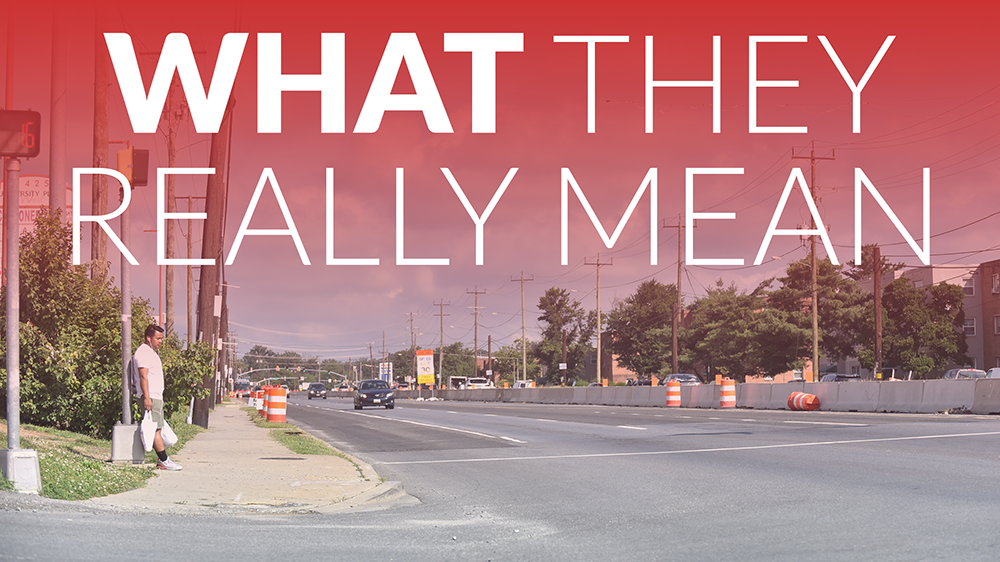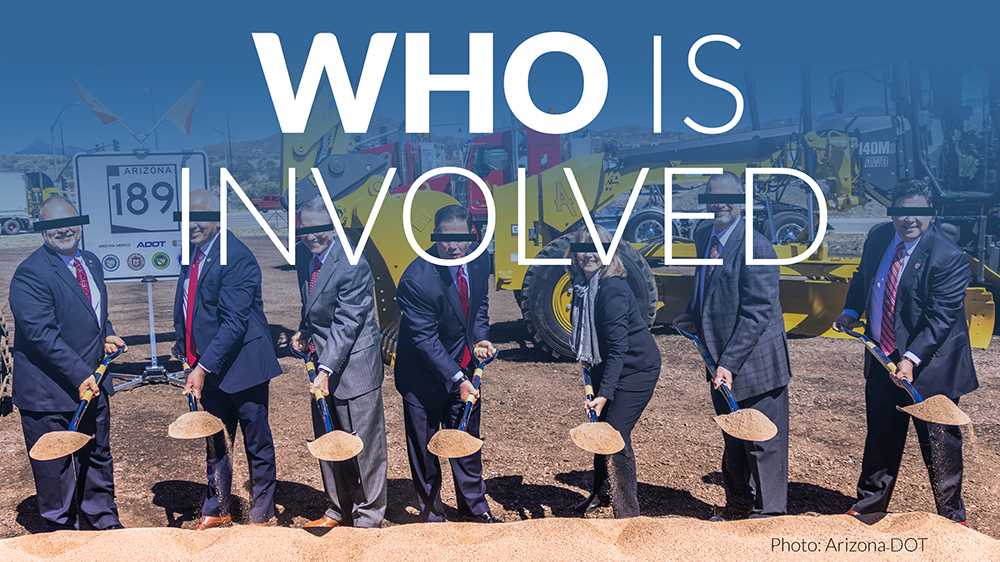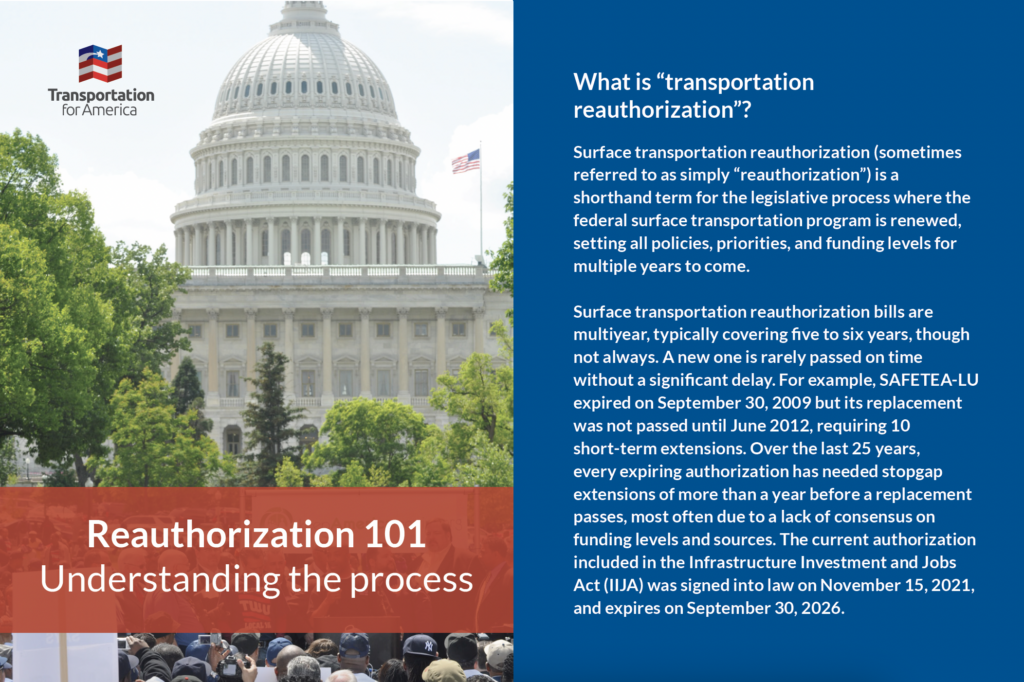
Welcome to
Transportation for America
Get to know T4America
Start here with the most frequently asked questions: Who are we, what do we believe, and what do we do?
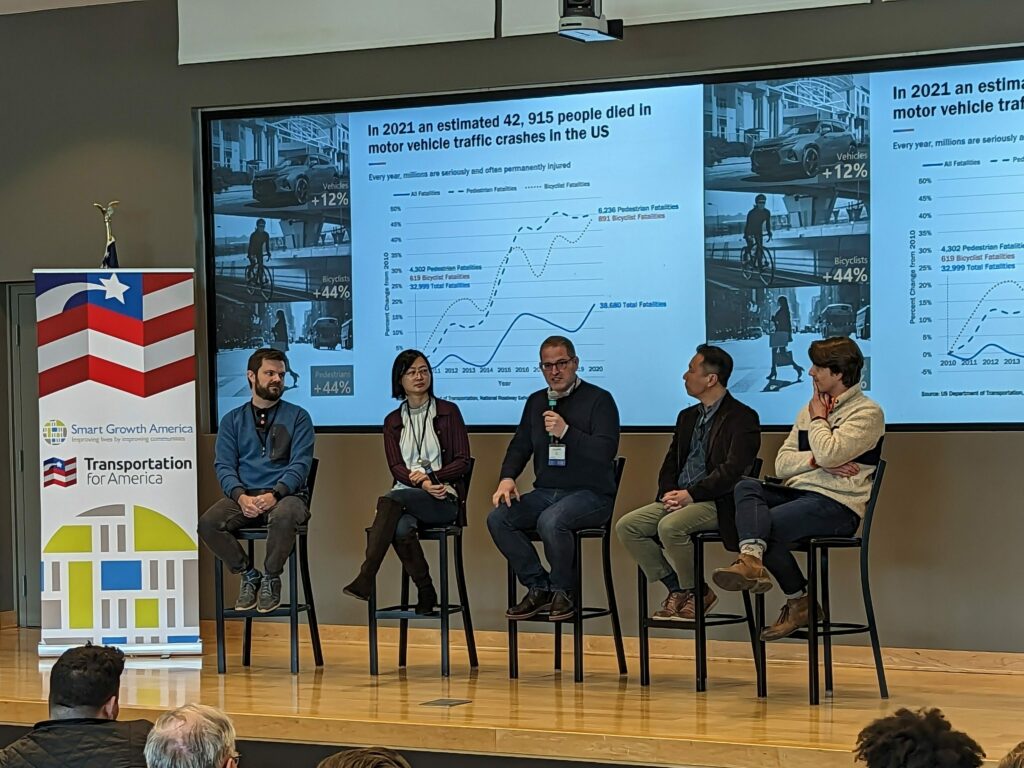
Who we are: What's the mission of T4America and what do we believe? Learn the basics about the organization here.

What we believe: In 2019 we radically simplified our platform down to three, easy-to-understand principles and organized much of our work around them. Get to know our simple platform.
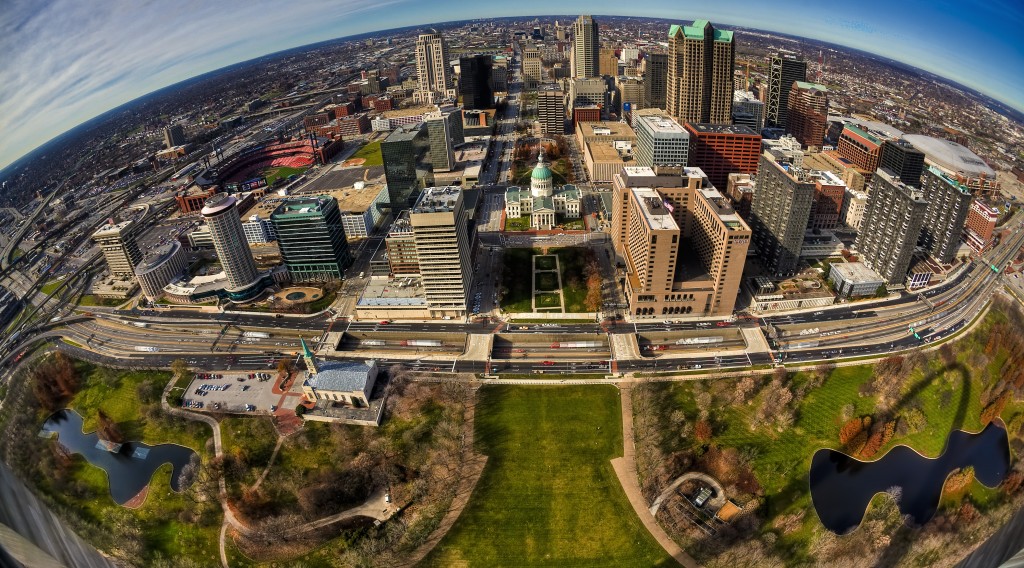
What we do—reports: One our primary roles is to make complex transportation policy simple. One of the ways we do this is through our in-depth blog posts, research and reports. Browse our entire library of insights and resources.

What we do—data analysis: With our State of the System data hub, we have assembled and synthesized a trove of foundational transportation data to help you understand how your tax dollars are being spent, and even generate reports and findings of your own.
Get involved: Join our email list
The best way to get engaged is to join our email list. We send about 2-4 emails a month. You’ll get all of our recent blog posts, hear about new reports, and quickly get an overview of what we’re up to and how you can get involved.
Get started with some of our most-read work
T4America is here to explain and translate what is happening on transportation so you can be an effective advocate. These three items will give you a solid look at what we do and what we’re all about:
No new money for transportation
In 2019 Transportation for America bucked the status quo and charted a radically different course from other transportation advocacy groups by refusing to support new federal funding for transportation if the underlying policy doesn’t change dramatically.
Here's whyFueling the crisis
Our landmark 2024 report examined whether the 2021 infrastructure law was being used (as promised) to “repair and rebuild our roads and bridges with a focus on climate change mitigation, resilience, equity, and safety for all users.” Despite the lofty promises from 2021, the verdict was not good.
Read Fueling the crisisUnflooding the zone: The Trump admin on transportation in 2025
Recipients of federal funding across the country are dealing with chaos, confusion, uncertainty and delays for their transportation projects under the Trump administration. Our frequently cited analysis is helping decipher what’s going on.
Learn moreOur largest tool for advocates
Community Connectors portal
You might be fighting against a freeway expansion. You might be trying to make wide, dangerous arterial roads a little safer for your neighbors to cross. You might just want to know where transit funding comes from or what your state DOT really means when they say things like, “our street and road design standards don’t allow that.”
Our Community Connectors portal is our expansive library of tools and information for advocates to explain common terms, decode the processes, and clarify the important actors needed to influence transportation policy or investment decisions at any level.
Below is just a sampling of some content you can find in the portal:
Our signature reports:
Get to know our reports shaping the conversation about transportation policy and investment decisions.
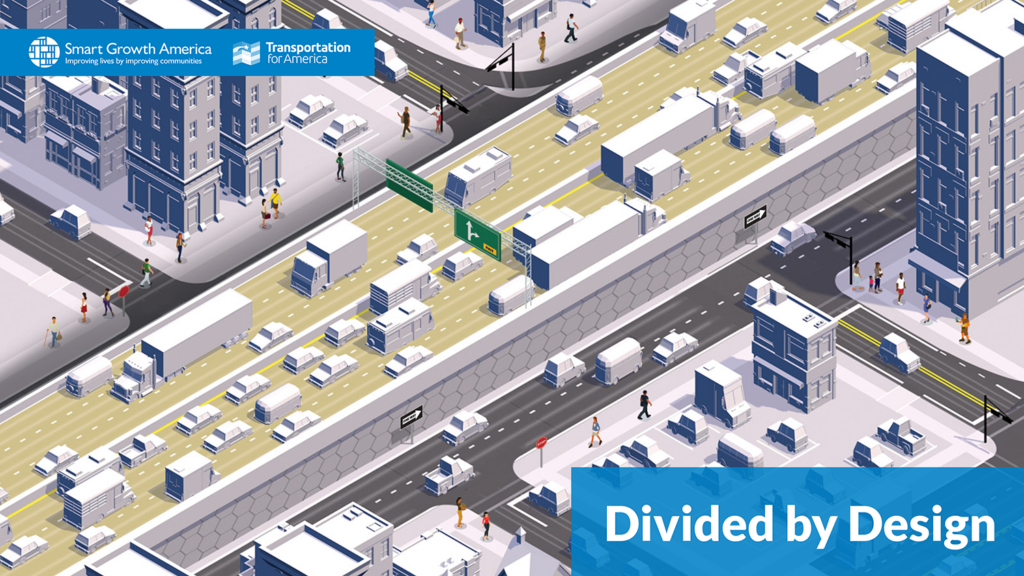
Signature report
Divided by Design
Divided by Design examines the racist roots of our current transportation system, demonstrates how today’s policies and practices were shaped by this past leading to racial disparities today, and explains how today’s leaders and transportation professionals will perpetuate and exacerbate the damage without a fundamental change to our overall approach.

Signature report
The Congestion Con
In an expensive effort to curb congestion in urban regions, we have overwhelmingly prioritized one strategy: we have spent decades and hundreds of billions of dollars widening and building new highways. But this strategy has utterly failed to “solve” the problem at hand.
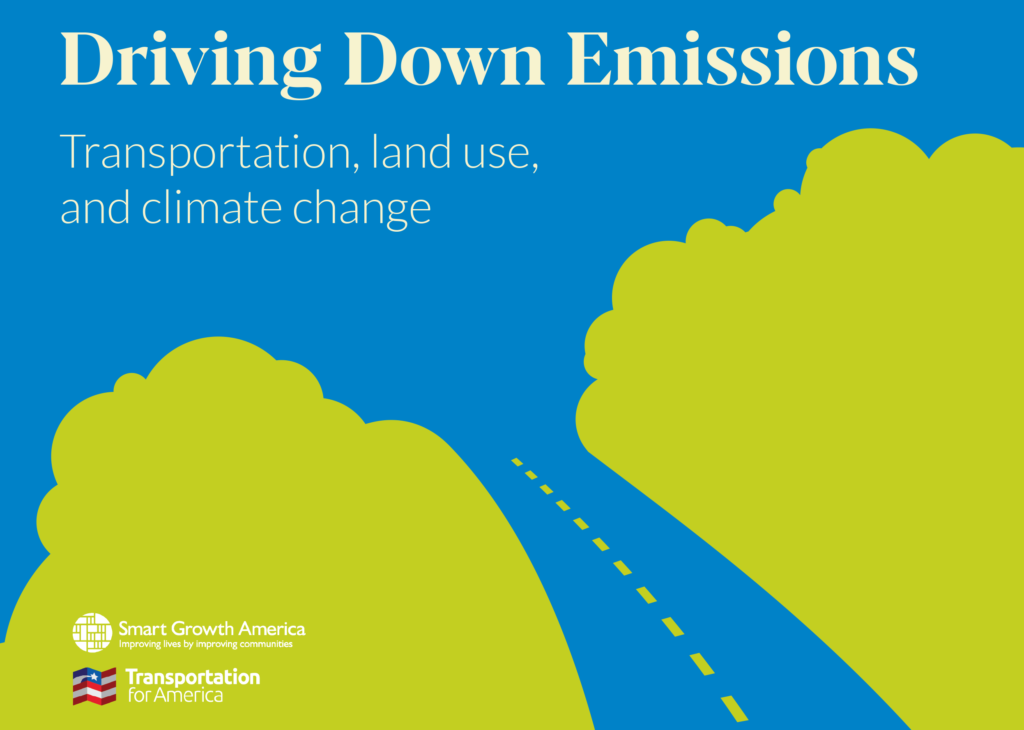
Signature report
Driving Down Emissions
With transportation accounting for the largest share of carbon emissions in the U.S., we’ll never achieve ambitious climate targets or create more livable and equitable communities if we don’t find ways to allow people to get around outside of a car—or provide more housing in places where that’s already an option. Here’s how we can reach those targets while building a more just and equitable society.
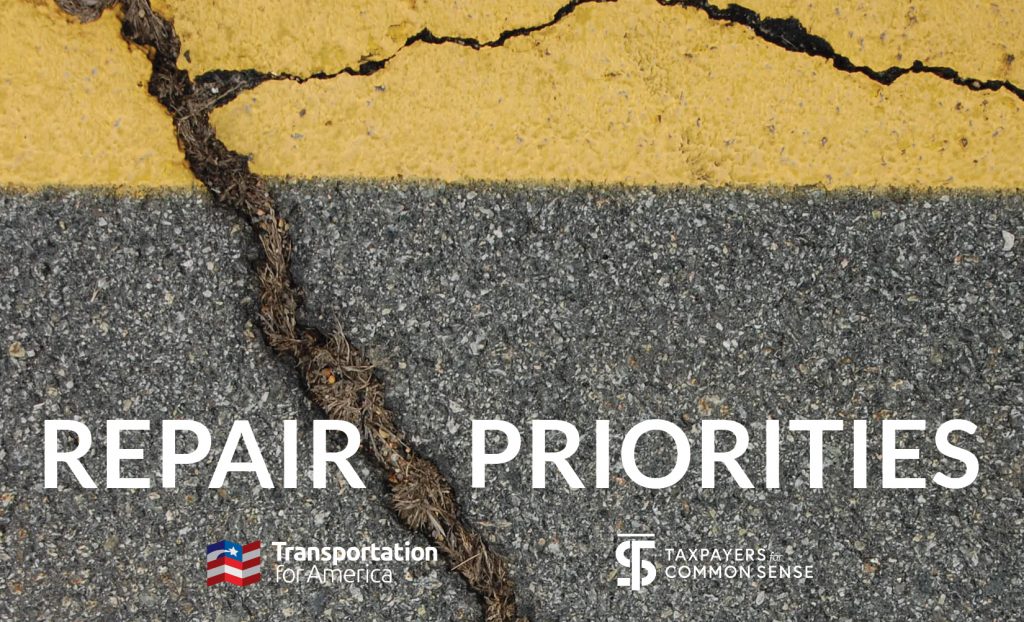
Signature report
Repair Priorities
Congress provides states with billions in formula funding that they are free to use for maintenance. Yet, despite the backlog, states continue to spend a significant portion of funding to build new roads, creating costly new maintenance liabilities in the form of new roads and lane-miles.
Our most recent blog posts
Our blog is the best place to catch up with what we’re thinking and doing. Read our most recent blog posts here.
Frequently asked questions (FAQs)
Transportation for America is a project of Smart Growth America (SGA), which is a 501(c)3 non-profit organization. Smart growth is an overall approach to development that encourages a mix of building types and uses, diverse housing and transportation options, development within existing neighborhoods, and robust community engagement. Getting transportation right is a critical component of that.
We’re fighting for transportation, not as an end unto itself, but to better serve the places where people live, work and play. Being part of SGA helps us to bring to bear multidisciplinary expertise to integrate land use, transportation economic development and other factors in a collaborative team effort.
The “reauthorization” of the country’s surface transportation law is the legislative process where Congress sets all policies, priorities and funding levels for the federal program for the next (usually) 5 years.
This process typically (though not always) takes place every 5-6 years and sets the overall priorities for how much and where federal transportation money will be spent. Things like: the split of 80 percent of all federal funds for roads and 20 percent for transit? The reconnecting communities program? Money set aside for electric vehicle charging? Determining how much money goes to state DOTs and how much goes to metro areas? These are all things decided during reauthorization.
The current authorization was included in the 2021 Infrastructure Investment and Jobs Act (IIJA), also informally known as the 2021 infrastructure bill or bipartisan infrastructure law.
To learn more about reauthorization, the highway trust fund, and the legislative process, read our Reauthorization 101 guide—a terrific place to start learning about this important process.
Definitely not. Overall, this program does far more harm than good, and we’d better off not putting a single additional cent into it.
For a number of years, Transportation for America was part of the broad chorus of advocacy groups urging for greater overall federal spending on transportation. In 2019—frustrated by years of seeing new money come in but never any fundamental changes to how the money is spent—we made a radical left turn and said “no new money. Period.” The conversation about the federal program to that date had always been a one-note affair: a never-ending fight over who gets money and how much money they get. Those who already get most of the money (like state DOTs) want more money and freedom to spend it. Those who get a little money (safety groups, biking and walking groups, transit groups, etc.) have a track record of settling for slightly larger pieces of the pie, even if the rest of the pie undermines their goals. The result has been both political parties coming together in a “bipartisan” way to grow the pie and keep everyone happy while undermining all the things both sides profess to care about.
Many thought our 2019 pivot away from ever talking about money again would put us on the sidelines, but we discovered (and are still discovering) a quiet chorus of elected leaders and others who think that it’s high time to reconsider spending billions on a program that’s failing to deliver measurable results.
Only if you ask the people who pour concrete and asphalt, regardless of whether or not they’re building anything productive. We’ll give you two reasons the answer is “no”:
First, we’ve spent more than $1.5 trillion in federal funds since 1991 and have increased the overall funding level in almost every multi-year transportation law during that time. (IIJA in 2021 was a massive, historic increase across the board.) And yet, the net result is best described as roads and bridges that are still crumbling and and congested, subpar transit systems scraping by in urgent need of improvement and expansion, and streets with historic amounts of traffic deaths. Even the country’s civil engineers can barely detect a difference in our infrastructure from 2001 to 2025.
Second, the assumption that good things will happen if the overall size of the pie gets bigger needs to be put to bed. What good is increasing funding for the tiny slices of the pie that help improve safety, if you’re building more unsafe streets with the much bigger pieces of the pie?
It’s time for those in favor of continuing to fund this dysfunctional status quo to carry the burden of proof at this point. You should be asking them instead: Why should we continue pouring more money into a system producing such bad results?
It’s more realistic than asking taxpayers to continue subsidizing an aimless federal program that has limped along for the last 20-plus years producing results that no one would brag about, funded by a gas tax that has failed to cover its costs since 2008, shunting the additional costs onto all taxpayers.
The status quo of both sides trading away their principles in the name of bipartisanship is failing to serve the people paying for this system. Putting outcomes over this staid, stagnant inertia means accepting the need for significant change. “Unrealistic” change, if you want to call it that. If the data and the people both say we are failing to deliver safety, reliability, and cost-effectiveness, then it’s time for the system to adapt. T4A isn’t alone in our dissatisfaction—we have found a growing unease with the programs as they currently operate in Congress and across the transportation space.
If you want a small impact, make small changes. But if you want to keep mom and her kids safe crossing the street to school, provide workers shorter, more predictable commutes, or provide grandparents more safe and accessible ways to visit their families even if they can’t drive, then what you want requires serious changes.
It’s time to put disruption on the menu.
Transportation is the largest source of carbon emissions in America, and most of them come from driving. Electric vehicles are an essential part of the solution, but banking on them alone to reduce emissions is insufficient. With the slow pace of vehicle fleet turnover and the increasing rate of vehicle miles traveled, the models show that we are not getting to our goal anywhere near fast enough. There’s also the reality that the tailpipe isn’t the only source of emissions or even pollution from vehicles, something we covered in our landmark Driving Down Emissions report. As just one example, lots of batteries make for heavier cars which makes for more tire wear which makes for more particulate matter in the air. And that’s just the tip of the iceberg.
But here’s a bigger issue: do we want a future where driving is the only option? Forcing every single working American to spend over $10,000 a year on a car to access jobs, education, and groceries isn’t smart- or good for business and quality of life. We need to remake our transportation and land-use systems to be less car dominated at the same time that we electrify. This is why we co-lead CHARGE, a coalition that supports smart policy to expand multimodal public transportation while holistically electrifying vehicles.
Probably, but good thing we aren’t advocating for that. Transportation for America advocates for more affordable options for transportation on top of the extensive network of roads for cars. Making other options, like walking, biking or public transit, more practical means people need to dedicate less of their money to getting around and can make it easier to drive on existing roads.
What you may not see is the third of Americans who can’t access or are unable to drive a car (think about your kids, your elderly neighbors, and persons with disabilities, for starters). They have needs too, like going to work, doing groceries, going to the doctor’s office, even going to the park or playground. That means missed opportunities for work, depriving healthcare and food access, even making social isolation a challenge. If you build sidewalks, bikeways, and reliable plus frequent (within 15 minutes) transit service, you will start to see people using them. Those places that took time to create and maintain connected networks for biking, walking, and transit are getting a bigger bang for their buck via the economic plus community activity and growth they are experiencing.
The passenger rail system is not meeting the needs of Americans.
T4A has a long history of working to increase funding for passenger rail across the country and improve its quality. The FAST Act was the first reauthorization law that included rail funding. The Infrastructure, Investment, and Jobs Act (IIJA) in 2021 represented a major step forward for rail funding. We helped shape language around the Corridor Identification Program, Interstate Rail Compact, and Restoration & Enhancement grants.
Throughout the years we’ve also acted as policy advisors for the Southern Rail Commission, helping them in their journey to restart passenger rail service along the Gulf Coast and expand it across the South. We created relationships across both sides of the aisle and helped build up new champions for rail in the South.
However, there’s still more work to be done. The funding in the IIJA is not enough to fix the state of passenger rail and it cannot be a once in a lifetime investment. We’re advocating for a national system with transparent, dedicated funding which stitches the whole nation together. Funding alone will not solve the state of passenger rail. And the Biden administration dropped the ball on getting that historic rail funding from the IIJA out the door. We’re advocating to make sure that we invest in equipment and service for the whole system and not just the Northeast Corridor.
Congress almost did fix a lot of things in 2021. We worked with the House to craft a strong bipartisan bill with substantial reforms and came very close to seeing it become law before the Senate’s inferior bill took precedence and the House bill was largely scrapped. It was the closest we’ve been to real reforms since 1991. We can get there again.
Congress has reauthorized the surface transportation program six times since 1991. It’s not a question of whether they will act again, but what Congress will do when the time comes.
Congress is already writing policy for the next long term transportation bill, but the pressure is on, since the transportation program is headed for a mammoth fiscal cliff and no realistic funding sources can fill the chasm. The infrastructure law passed in 2021 had both huge deficit spending with pathetic results for communities.
Fiscal conservatives and progressives alike have reason to tear off the band-aid and engage in a change.

Have a question?
Do you want to know more or have a specific question? Send it our way.




